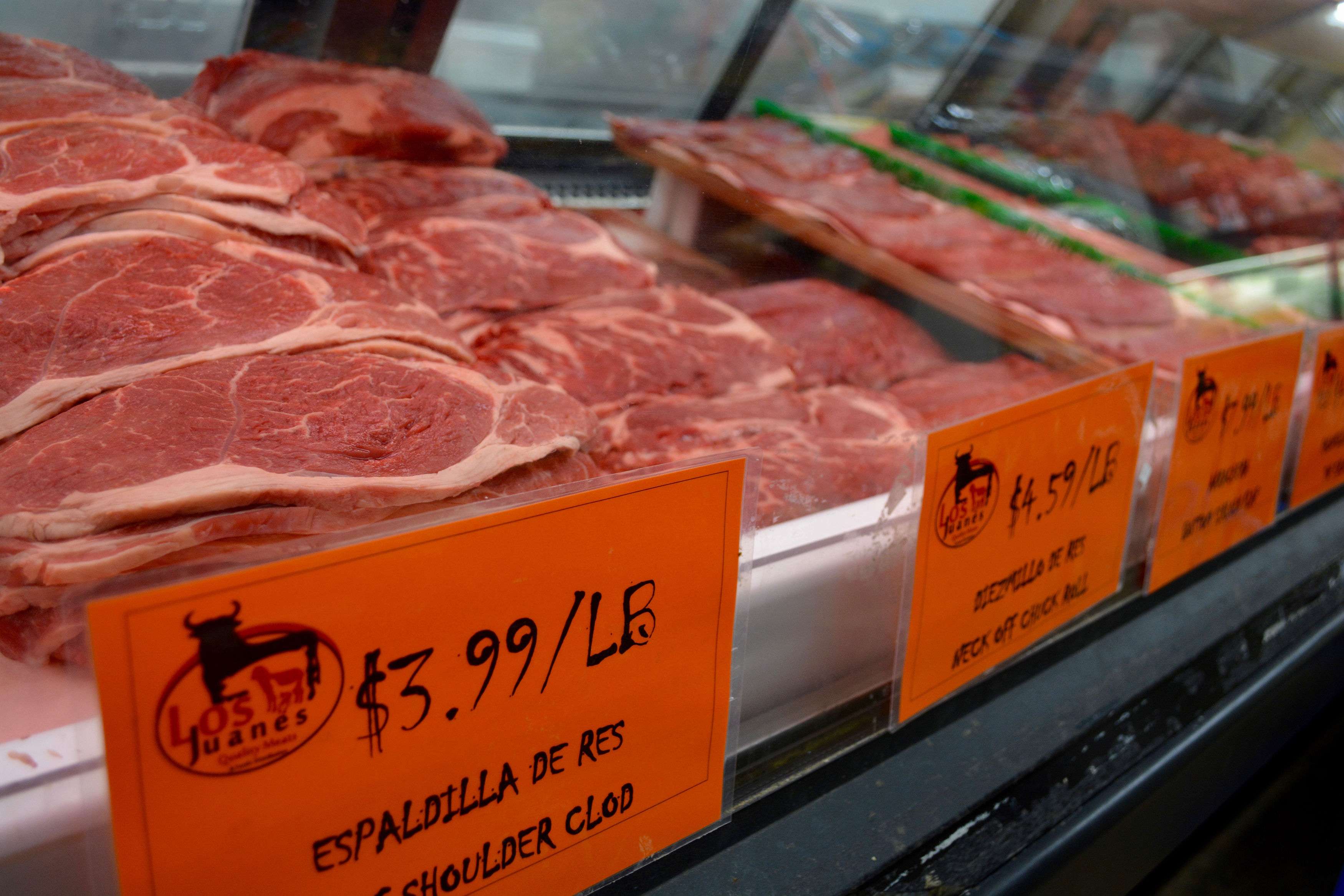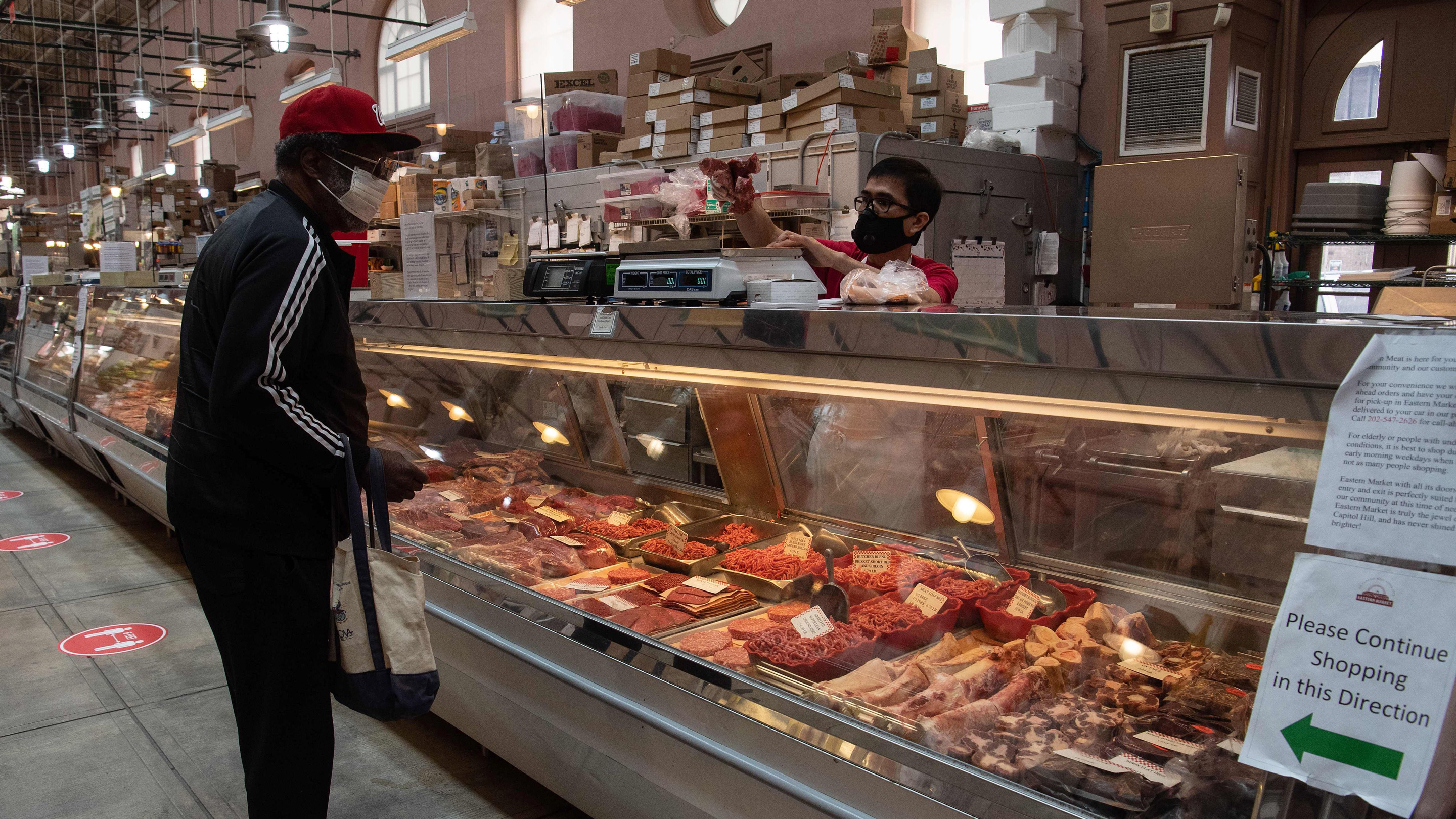Check Out the Regional Taste at Bagley Farms Meat Market Edwardsville IL: Fresh and Delicious
Uncover the Art of the Butcher's Cut in a Modern Meat Market
In the ever-evolving landscape of contemporary meat markets, the butcher's cut has transcended its conventional roots, merging age-old workmanship with contemporary practices. bagley farms meat market edwardsville il. Today's butchers are not simply processors of meat; they are experienced artisans who stress sustainability and moral sourcing. Their knowledge in picking and preparing cuts tailored to specific cooking demands uses an unmatched eating experience. What really establishes the modern-day butcher apart is their capability to forge a much deeper connection in between customers and the origins of their meat. Just how do these masters equilibrium custom with development, and what implications does this have for the future of meat consumption?
Advancement of Butchery Methods

The mid-20th century saw butchery methods even more fine-tuned by scientific understandings right into muscle mass biology and meat aging, enhancing both tenderness and preference. Advancements like vacuum packaging and refrigeration expanded item shelf-life, allowing butchers to diversify offerings and boost quality assurance. This period also noted the increase of specialized tools, such as band saws and meat slicers, which boosted precision and efficiency in meat handling.
The 21st century has introduced digital modern technology right into the butchery realm. Computerized systems currently help in tracking pet provenance and optimizing cuts to fulfill particular customer choices. Additionally, a rebirth in artisanal butchery has arised, blending traditional abilities with modern understanding to deal with customers looking for honest and lasting meat choices. This advancement highlights a vibrant interplay in between tradition and advancement, meeting contemporary needs while protecting the craft's heritage.

Recognizing Meat Cuts

Comprehending the complexities of meat cuts is vital for both butchers and consumers seeking top quality and worth. Each cut comes from a different component of the animal, passing on special tastes, appearances, and food preparation techniques. Mastery of these differences not only enhances cooking experiences however also takes full advantage of the utility of each carcass. For butchers, precise cuts mirror skill and regard for the craft, making sure very little waste and optimum return.
The key classifications of meat cuts consist of primal, sub-primal, and retail cuts. Butchers then damage these down further right into sub-primal cuts, prior to finally creating retail cuts readily available to consumers, like ribeye or tenderloin.
Comprehending muscular tissue structure is crucial; muscle mass made use of a lot more frequently by the animal often tend to be tougher and are best fit for slow-moving food preparation techniques, while less-used muscular tissues, like those located in the loin, are much more tender and suitable for cooking or roasting. Familiarity with these distinctions equips customers to make enlightened choices, improving their cooking undertakings.
Choosing High Quality Meat
Selecting the ideal meat includes even more than just choosing an aesthetically attractive item from the screen. The art of choosing high quality meat needs a discerning eye and knowledge of particular characteristics that represent freshness and excellence. Pay attention to the shade; beef needs to have an intense, cherry-red hue, while lamb needs to show a soft pink tone, and pork a light pink. This suggests the meat is fresh and hasn't been subjected to oxygen for too long.
Second of all, consider the marbling, which describes the white flecks of fat within the muscle. Correct marbling is an essential indicator of inflammation and flavor, as it thaws during food preparation, enhancing the meat's juiciness. Remember, greater marbling typically correlates with superior quality cuts, such as USDA Prime.
Structure is another important element; meat needs to feel strong to the touch, not slimy or excessively soft. In addition, be conscious of the scent. Recommended Reading Fresh meat must have a clean, neutral odor, devoid of any kind of sour or off-putting smells.
Pairing Cuts With Food Preparation Approaches
Efficiently pairing cuts of meat with the suitable food preparation approaches is necessary for achieving ideal taste and texture. These methods improve the meat's all-natural tastes and guarantee a juicy coating.
Alternatively, tougher cuts like brisket and chuck roast are rich in collagen, which breaks down right into jelly when prepared gradually. These cuts are perfect for braising or slow roasting, allowing the meat to tenderize in time and develop deep, complex flavors. Cuts such as short ribs and pork shoulder fare well with slow-cooking methods, where extended cooking times transform their robust appearances right into delicious recipes.
Lamb shanks and oxtail, which need extended cooking to tenderize, are perfect prospects for cooking or sluggish simmering. These techniques coax out rich, hearty flavors while keeping dampness. By recognizing the special qualities of useful link each cut, chefs and home chefs alike can boost their culinary creations, guaranteeing each dish is both satisfying and remarkable.
The Butcher's Function Today
Navigating the progressing landscape of the modern-day meat market, the butcher's role today expands past plain preparation of cuts. Contemporary butchers are culinary artisans, instructors, and advocates for lasting techniques.
Along with crafting specific cuts, butchers now involve directly with consumers, offering cooking advice and tailoring options to suit private demands and preferences. Their knowledge in meat aging, marbling, and taste accounts empowers consumers to make enlightened choices, enhancing their culinary experiences. This tailored service exemplifies the butcher's developing function as a relied on advisor in the kitchen.
Additionally, butchers are crucial in minimizing waste, using whole pets to develop varied click resources items such as sausages and supplies - bagley farms meat market edwardsville il. This comprehensive method not only appreciates the pet yet additionally aligns with contemporary sustainability goals. By doing this, the contemporary butcher personifies both practice and innovation, adapting to an ever-changing market while preserving the creativity and integrity of their craft

Conclusion
Mastery in comprehending diverse meat cuts and high quality indications equips butchers to give informed suggestions, straightening certain cuts with optimal food preparation techniques. By recognizing historical techniques while embracing contemporary needs, the butcher's duty stays vital in today's innovative meat market.